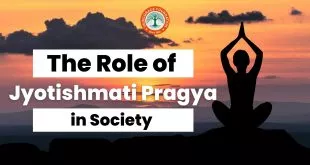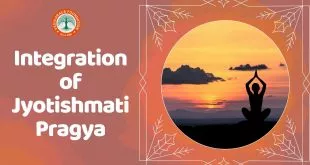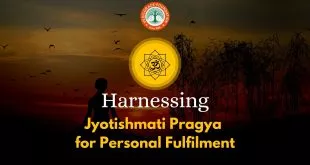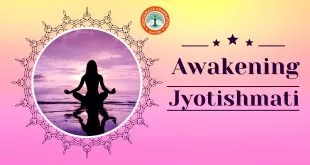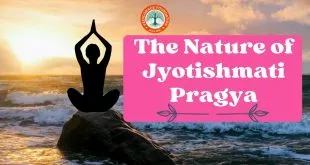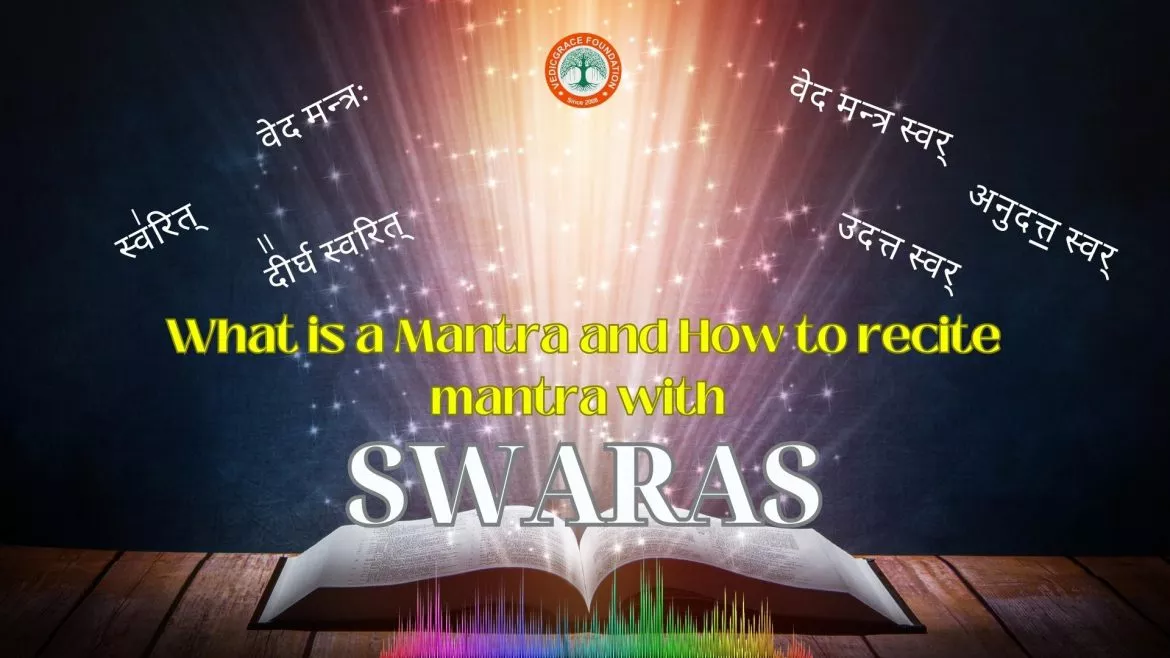
The term "Mantra" is derived from the Sanskrit word’s "mana" and "trayate." "Mana" means "mind," and "trayate" means "to liberate."
In essence, a mantra is a sacred sound, phrase, or verse that helps free the mind from sins and negative influences. By chanting a mantra, one seeks to cleanse themselves of past wrongdoings and attain spiritual liberation.
There are three main types of Mantras:
Puranokta Mantra: These are mantras found in our ancient Hindu scriptures known as Puranas.
Veda Mantra: These are mantras from the Hindu sacred texts called Vedas.
Tantra Mantra: These are mantras from the ancient Tantric scriptures.
Among these, Veda Mantras are often chanted by pundits during pujas and rituals. The Vedas contain thousands of mantras, and ancient rishis (sages) have provided precise techniques to chant these mantras correctly. Proper pronunciation and intonation, known as "swaras," are essential while chanting Veda Mantras.
Now, let's explore what Swara means. Just as music has seven swaras for singing a song, Vedic chanting also employs 3 basic swaras and 3 extended swaras to properly intonate the mantras:
Out of these six swaras only four swaras are most commonly used swaras in veda mantras, they are.
Udatta: This Swara is rendered at the normal pitch note in one's voice. It is often referred to as the medium or normal note because it is chanted without raising or lowering the basic pitch.
Anudatta: This Swara is rendered at a lower note compared to Udatta.
Swarita: This Swara is rendered at an upper note compared to Udatta.
Deergha Swarita: This Swara is also rendered at an upper note like Swarita but is held for twice the duration (Maatra) of the letter for which it is marked.
Chanting Vedic mantras with the correct swaras adds a melodic and rhythmic quality to the recitation, enhancing its spiritual potency and significance.
Again these 4 swaras are related to Musical swaras(notes) how each of this swara in veda mantra needs to be chanted.
Anudatta: This Swara is rendered as niSAda(ni) gAndhAra(ga)
Swarita: This Swara is rendered as RiShabha (ri), Dhaivata (da)
Deergha Swarita: This Swara is rendered as Sadja (sa), Madhyama (ma) and Panchama(pa)
The Symbols of these Swaras as follows:
Anudatta: One hozontal line line below the syllable
Swarita: One perpendicular line above the syllable
Deergha Swarita: Two perpendicular line above the syllable
Let us take an example of first Veda mantra of "Mantra Pushpa"

As you see in the above example, the first letter “यो॑” has swarita, here while starting we need to chant this letter in medium hight pitch and “पां” and “पु” are to be rendered in udatta swaras. and ष्पं॒ and प्र॒ are to be renderred in anudatta swaras(in low pitch). In “प्र॒जावान” the letter वा should be renderred in deergha swarita swara (in high pitch).
The same example has been given in the belwo video for your reference.
 Vedic Grace Foundation Vedic Grace Foundation
Vedic Grace Foundation Vedic Grace Foundation

